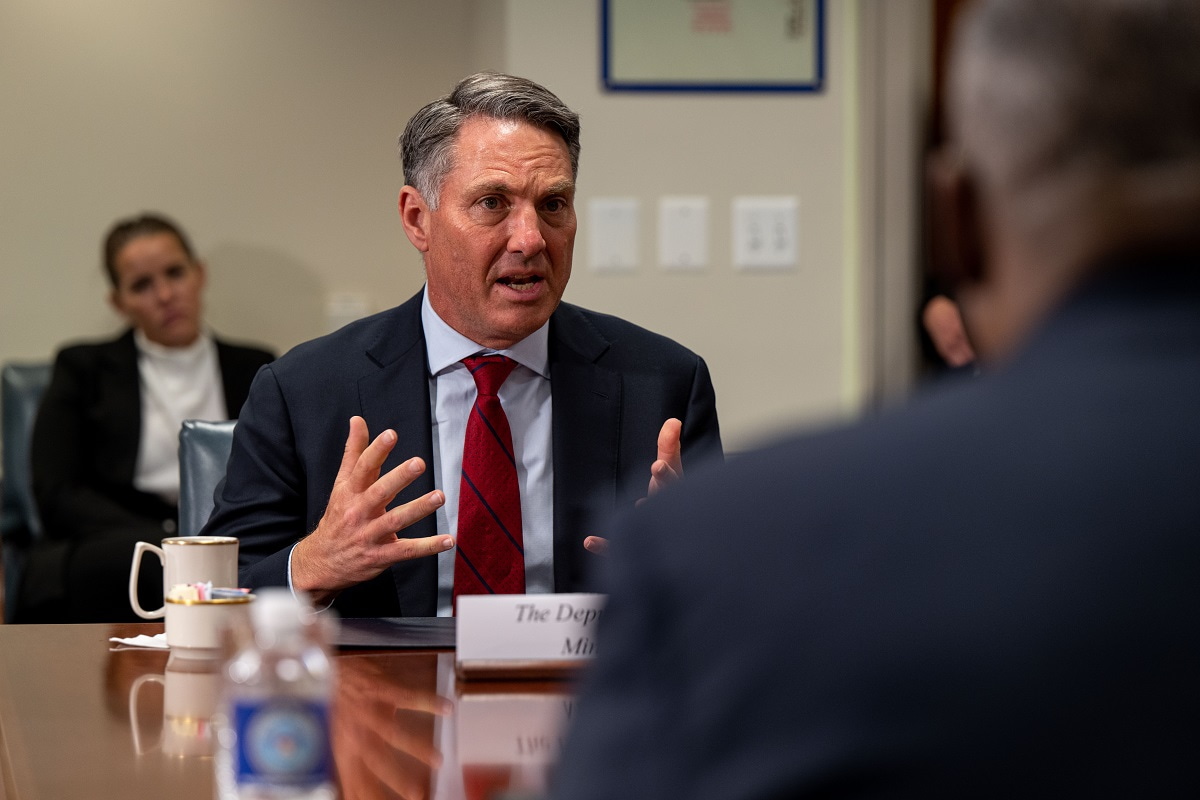In a recent Interpreter article, Daniel Flitton suggested that public opinion on nuclear-related issues may be shifting, with the 2024 Lowy Institute Poll finding that 61 per cent of respondents either “strongly” or “somewhat” support “Australia using nuclear power to generate electricity, alongside other sources of energy”, while 65 per cent of respondents were either “somewhat in favour” or “strongly in favour” of the acquisition of nuclear-powered submarines (SSNs) under the AUKUS agreement.
Noting that the nation appears to be “adapting to uncertain times by proposing policies once thought unthinkable”, he asked whether shifting domestic political views may permit future Australian governments to “complement” the acquisition of SSNs and consider a nuclear power industry “with an arsenal of nuclear weapons”.
Drives for nuclear weapons most often succeed when security motives converge with industrial-technical capability, a committed political leadership, and aligned bureaucratic constituencies.
Australia has, however, thought the “unthinkable” before, and that history offers a cautionary tale for both potential advocates of a renewed Australian push for nuclear weapons and those that might dismiss such thinking as unhinged strategic capering.
You might think Australia has ample security motivation to acquire nuclear weapons given that China, according to Defence Minister Richard Marles, is undertaking the “biggest military build-up since World War Two”. Leaving to one side the veracity of that claim, suggesting that perceived strategic precarity is enough to justify acquisition ignores the fact that security motivations alone rarely explain decisions to “go nuclear”. Instead, drives for nuclear weapons most often succeed when security motives converge with industrial-technical capability, a committed political leadership, and aligned bureaucratic constituencies.

Such convergence was largely absent in previous efforts to “think the unthinkable”. Australia did not reach the stage of what Sonali Singh and Christopher Wray define as “nuclear exploration” (i.e. “political authorisation to explore the nuclear option” including “linking research to defence agencies that would oversee any potential weapons development”), let alone what they define as “nuclear pursuit” (i.e. “a political decision by cabinet-level officials, movement toward weaponisation, or development of single-use, dedicated technology”).
The Menzies government explored the purchase of tactical nuclear weapons and the acquisition of nuclear-capable delivery systems from the United Kingdom between 1956 and 1962. Certain segments of the armed forces and parts of the bureaucracy, such as the Australian Atomic Energy Commission, were proponents, but ran afoul of Prime Minister Robert Menzies’ view that nuclear weapons belonged in the hands of “responsible” great powers, and British sensitivities about how such cooperation might affect their relations with the United States.
The seriousness of future debate on this issue can be assessed based on whether it grapples with several questions derived from an appreciation of this history.
The procurement option was thus foreclosed. But the more complex option of indigenous development of the infrastructure for weapons production soon rose to some prominence thanks to both domestic politics and external strategic change. Externally, China’s successful nuclear weapons test (1964), Britain’s announced retreat from “east of Suez” (1968), and American defeat in Vietnam heightened Australian concern of strategic abandonment. Domestically, the end of the Menzies era and the emergence of more “nationalist” figures, such as John Gorton, resulted in a push for greater Australian self-sufficiency. Gorton’s nationalism combined “with a belief in Australia’s own technological capacities” to produce a Fortress Australia mindset where both nuclear power and nuclear weapons were seen as necessary.
In 1969, Gorton proclaimed that “the time for this nation to enter the atomic age has now arrived” and committed to the construction of a 500-megawatt reactor at Jervis Bay. Publicly selling this as a measure to bolster energy self-sufficiency and build industrial capacity, Gorton and other advocates had their eye on the potential military applications: Gorton was to admit in 1999 that, “We were interested in this thing because it could provide electricity to everybody and it could, if you decided later on, make an atomic bomb”.
Advocates of this agenda had “soft pedalled” it as they remained in the minority within both the Gorton cabinet and the bureaucracy. When Gorton’s prime ministership was extinguished in 1971 in favour of William McMahon, the “nuclear lobby” lost a preeminent advocate, Jervis Bay was abandoned, and Australia retreated from the threshold of “nuclear exploration”.
The seriousness of future debate on this issue can be assessed based on whether it grapples with several questions derived from an appreciation of this history.
First, is Australia’s current strategic situation equally as bad as that perceived by Australian policymakers during the most active phases of consideration? Second, if it is comparable, then how will acquisition mitigate this? Third, given the importance of perceived insecurity and bureaucratic constituencies in driving past consideration, where might bureaucratic constituencies for a future push be found? Fourth, does Australia have more or less nuclear infrastructure (i.e. scientific-industrial base) than it did in the past?
If we are to think seriously about these questions, we should recognise that the major lessons derived from our previous efforts to “think the unthinkable” are mixed. Of the conditions that had to be present for Australia to almost reach the brink of “nuclear exploration” in the past – i.e. security motivation, technical-industrial capacity, a committed political leadership, and bureaucratic constituencies – only one is present today. That should be reassuring to those who would like to see Australia remain a non-nuclear weapons state. But that same history also suggests that apparently established policy can be undercut when perception of deteriorating strategic circumstances intersects with domestic political change and the agency of individual political leaders.

